At first sight, brand communities appear to be seriously damaging the health of customer service centres. Why? They lead to call deflection. Call deflection is one of the most significant trends observed in online brand communities: they start off with an expanded customer service and resort to using call centres in particular. This has been true for some mobile phone brands for example. Deflection is when some of the calls previously handled by call centres are redirected to the online community, which takes over a significant part of customer service provision.
Brand communities deflect significant call flows
Why is this happening? It’s because the fans, who are members of the community, are united in their love of the brand and happily take on a large part of customer support.As such, the impact of brand communities on deflection is undeniable and the brands that have set up an online community have benefitted enormously from it, like Sosh, Orange, Kiloutou, or Casino with Cvous.
At Kiloutou the brand’s economic interest is served by deflecting call centre traffic and forwarding it to the community. It lends itself to the sharing of similar experiences. So there is a peer to peer transfer of knowledge, and that effectively drives down the cost of handling customer requests and actually brings about the deflection mechanism. In addition, customers respond to customers at all times, 24/7.
Online communities cannot take on all the call flows
However, in the telecommunications sector deflection can be of an astonishing scale because it has a significant customer support infrastructure. The community can take charge of a large percentage of generic customer queries. Brand communities respond to recurring questions and provide a high resolution rate. Those customers who want specific and personal responses need a brand advisor. Their questions can therefore not be handled by an individual, a simple member of the community, especially if it concerns issues such as payment, invoicing, guarantee or a complaint.
Customer service centres should supplement community support
This is where customer service centres have an essential role to play in the framework of customer relations. Instead of managing massive flows, they have to deal with a smaller volume but offering high quality, those which lend themselves to it are better dealt with onshore. Dealing with high quality flow requires considerable expertise, such as that provided by the HP community. A key account customer will demand customised treatment from HP and the online HP community is only able to provide some of the services requested by the brand. In this sense, it is essential that the members of the community are able to access a personalised and high quality service, provided by brand representatives.
Brand communities: an opportunity to develop Customer Centricity
The customer relations hub represented by brand communities is a positive incentive for organisations to move from multi to cross channel. Indeed, fans of the brand grouped together in the communities expect 24/7 availability from the brand representatives on all possible interfaces, including devices, social media and mobile phones. This is why cross channel integration is a logical consequence of the communities, because it makes it possible to focus again on customer needs and thus to adopt Customer Centricity.
From now on, customer service centres have to manage flows coming from community platforms, both to organise the brand community, make it live and develop, supporting the work done by the members, but also and above all to supplement P2P support which, by definition, can only limit itself to generic issues.








